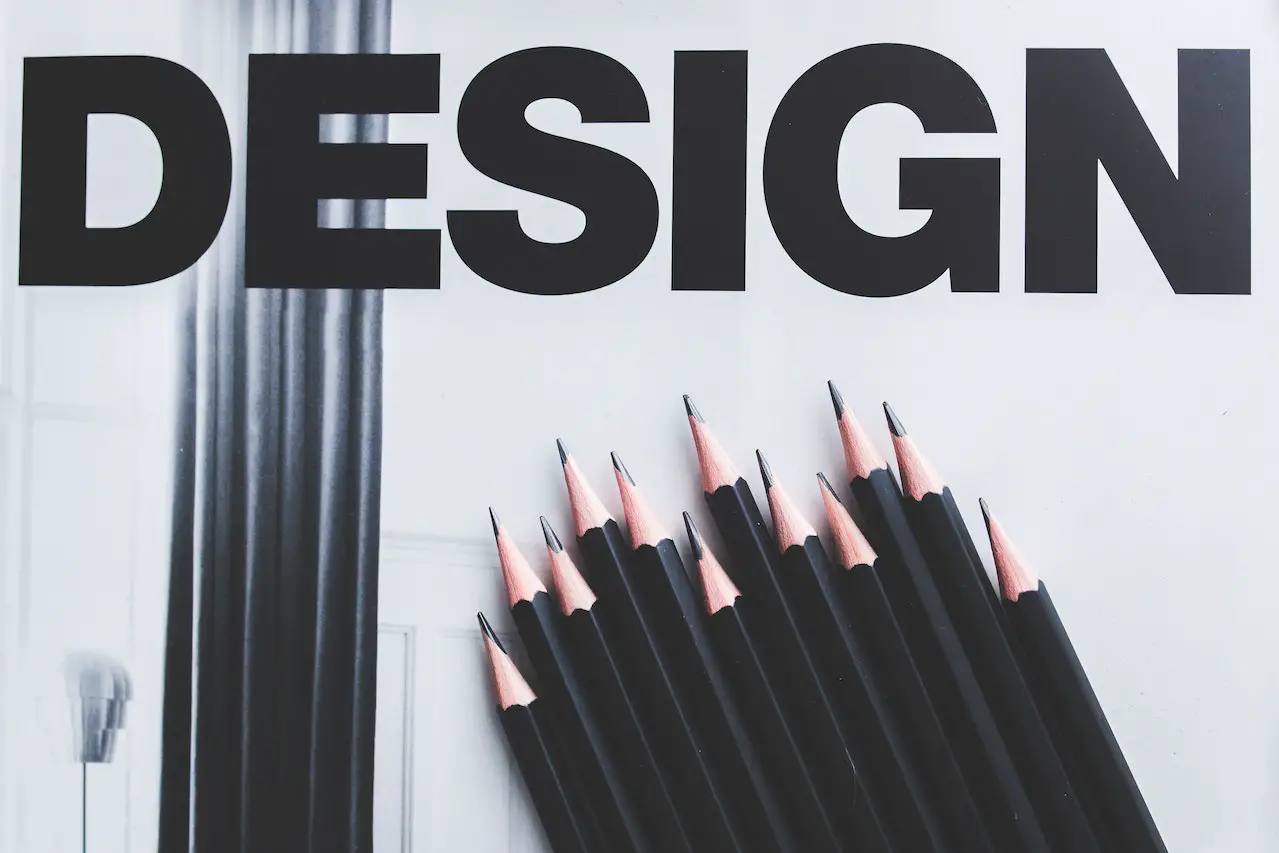Design thinking and critical thinking are two approaches that individuals and organizations use to solve problems and make decisions. Design thinking, a non-linear, iterative process, involves understanding users, challenging assumptions, redefining problems, and creating innovative solutions through prototyping and testing. Whereas critical thinking involves analysis, evaluation, and logical reasoning to reach well-founded conclusions based on evidence and context.
However, these two approaches are not mutually exclusive. They can complement and strengthen each other in various fields and applications. Design thinking can offer educators creative new approaches to engage students in critical thinking, while critical thinking can be integrated into product design and development methods. Both approaches emphasize different aspects of problem-solving and decision-making, ultimately contributing to more effective and innovative solutions.
Key Takeaways
- Design thinking and critical thinking are distinct approaches to problem-solving, but can be combined effectively.
- Both methods can be applied in various fields, from education to product development.
- Empathy, feedback, and cultural context play significant roles in the successful integration of design thinking and critical thinking.
Understanding Design and Critical Thinking
In this section, we will explore the concepts of design thinking and critical thinking, their definitions, and how they relate to each other.
Definition of Design Thinking
Design thinking is a problem-solving approach that focuses on understanding the user’s experience and needs. It is characterized by empathy, collaboration, and experimentation to develop innovative solutions for design challenges. This methodology encourages designers to take risks and iterate on their ideas until they find a solution that addresses users’ needs and desires effectively. Design thinking often involves creative thinking and abductive reasoning, as designers generate multiple alternative solutions and refine them based on feedback and iterations.
Definition of Critical Thinking
Critical thinking is a process of evaluating information, identifying assumptions, and making reasoned decisions based on evidence. It encompasses reflective thinking, deductive reasoning, inductive reasoning, and abductive reasoning. Reflective thinking involves assessing one’s assumptions and beliefs, while deductive reasoning uses general principles to make specific conclusions. Inductive reasoning, on the other hand, draws general conclusions from specific observations and examples.
When problem-solving, both design thinking and critical thinking are essential components that contribute to effective decision-making. By incorporating elements of both creative thinking and reflective thinking, individuals can better grasp the nuances of a problem, identify potential solutions, and evaluate their efficacy. This balanced approach, drawing on the strengths of the critical thinking process and the design thinking mindset, can promote more successful outcomes in both product design and development.
Ultimately, understanding the relationship between design thinking and critical thinking is essential for designers, researchers, and problem solvers as they tackle complex problems and work together to create innovative solutions.
Differentiating Critical and Design Thinking
Process of Design Thinking
Design thinking is a collaborative, creative methodology that focuses on defining and solving complex problems through empathy and experimentation. It involves understanding the users’ needs, brainstorming solutions, and rapidly prototyping to test and refine ideas. Design thinking includes techniques and tools for problem-solving and emphasizing human-centered design that enables businesses to create innovative solutions for their customers.
The design thinking process typically includes the following steps:
- Empathize: Understand the users’ needs, motivations, and constraints by putting oneself in their shoes and actively seeking feedback.
- Define: Identify users’ needs and pain points by observing and analyzing patterns and refining the problem statement.
- Ideate: Generate various solutions to the identified problems using brainstorming and other creative techniques, with an emphasis on divergent thinking.
- Prototype: Create low-fidelity representations of the proposed solution(s) for the purpose of testing with users.
- Test: Evaluate the prototypes with users, gather feedback, and iterate on the design to improve it further.
Process of Critical Thinking
Critical thinking is an intellectual process that involves evaluating and analyzing information, concepts, and data. It is a method for evaluating situations from different perspectives to arrive at an unbiased, optimum solution. Critical thinking encompasses a range of cognitive skills and methods, such as logic, reasoning, and skepticism, for gathering and assessing evidence, making connections, and developing well-informed conclusions.
The critical thinking process can typically be broken down into the following steps:
- Identify: Determine the problem or issue faced and establish the context in which it exists.
- Gather: Collect relevant information and data from various sources to understand the issue better.
- Analyze: Break down the collected information into smaller components, identify patterns, relationships, and other essential factors.
- Evaluate: Assess the reliability, credibility, and relevance of the information found during the analysis phase.
- Synthesize: Integrate the analyzed information and insights to arrive at a well-informed conclusion or decision about the issue in question.
While both critical and design thinking involve problem-solving and analysis, they differ in their approach, focus, and methodology. Design thinking is more focused on empathy and creativity, creating innovative solutions to meet users’ needs. In contrast, critical thinking centers on logic, reasoning, and evidence-based evaluation to make well-informed decisions or judgments. The combination of both modes of thinking can enhance the problem-solving process and lead to more efficient and innovative outcomes for businesses and individuals.
Applications in Various Fields
Design thinking and critical thinking are essential skills that drive growth and innovation across various fields. This section explores their applications in product creation and decision making.
Design Thinking in Product Creation
Design thinking plays a crucial role in product creation as it enables organizations to develop innovative and user-centered solutions. By focusing on empathy, creativity, and iterative prototyping, design thinking fosters an environment where products are tailored to meet users’ needs.
For instance, through observing and interacting with potential customers, businesses can better understand their audience and identify their pain points. This process helps them formulate problems that need to be addressed, leading to more targeted product development strategies.
The iterative nature of design thinking encourages businesses to create multiple prototypes, test them, gather feedback, and refine their designs until the desired user experience is achieved. This flexibility often results in more innovative products that solve real-life problems while staying within the bounds of business models.
Critical Thinking in Decision Making
Critical thinking is an essential component of decision making across various fields, including business, science, and politics. Unlike design thinking, critical thinking revolves around the analysis and evaluation of information. It helps individuals and organizations to:
- Define clear objectives and criteria for decision making, enabling them to prioritize goals and assess the feasibility of different solutions.
- Analyze information to identify the underlying patterns, trends, and relationships that might influence a given situation.
- Evaluate the credibility of sources, data, and arguments to make well-informed decisions.
In the context of organizations, critical thinking can be applied to improve internal processes, optimize resource allocation, and identify potential risks. Furthermore, developing a culture of critical thinking can empower employees to make better decisions independently, leading to increased efficiency and more robust business models.
Both design thinking and critical thinking contribute significantly to the development of innovative products, enhanced user experiences, and improved decision-making processes. By leveraging these complementary skill sets, organizations can unleash their full potential and thrive in various fields.
The Role of Empathy and Feedback
Empathy plays a crucial role in design thinking as it helps designers understand and connect with their users’ emotions, perspectives, and concerns. By developing a strong sense of empathy, designers can tailor their designs to better meet users’ needs and expectations. Empathy allows designers to create more user-centric products and experiences, ultimately leading to higher levels of user satisfaction and engagement source.
Feedback, on the other hand, serves as a valuable tool for improving and refining designs. It enables designers to receive insights from users and stakeholders, helping them identify areas of improvement or new opportunities to explore. By actively seeking feedback, designers can ensure that their designs are aligned with users’ expectations while also addressing any potential issues or concerns. The feedback process also promotes collaboration and encourages critical thinking, essential components for any successful design project source.
Incorporating empathy and feedback into the design process can often yield innovative solutions to complex problems. By understanding users’ needs and expectations, designers can develop more targeted and effective designs. Open communication and a willingness to embrace feedback lead to continuous improvement and adaptation, resulting in better project outcomes.
When comparing design thinking and critical thinking, both empathy and feedback serve as key differentiators. While critical thinking focuses on objective analysis, design thinking prioritizes empathy and the emotional connection with users. Furthermore, feedback serves as a bridge between design and critical thinking, enabling designers to adapt their designs based on input from users and stakeholders.
Ultimately, the role of empathy and feedback in design thinking is critical for creating meaningful and impactful designs. By incorporating these elements into the process, designers can develop products and experiences that delight users and meet their needs, expectations, and preferences.
The Cultural Impact
Creating an Innovative Culture
Design thinking and critical thinking play a vital role in shaping the culture of organizations and teams. Design thinking is a problem-solving approach that emphasizes empathy, experimentation, and iteration. It is often used in the fields of technology, services, and sustainability. Companies like IDEO and various businesses have integrated design thinking into their strategies to enhance innovation and user-centricity.
An innovative culture can be nurtured by embracing design thinking principles. The purpose is to promote collaboration and open-mindedness, allowing teams to approach problems from various perspectives. This also encourages a behavior of continuous learning, as individuals are urged to challenge their preconceptions and be more adaptable.
Integrating design thinking can lead to valuable advancements in technology and services, creating a sustainable business strategy. By fostering an environment that supports experimentation and growth, organizations can stay ahead in their respective industries.
Nurturing a Culture of Critical Examination
On the other hand, critical thinking focuses on systematic analysis, evaluation, and judgment. It aims to improve decision-making by helping individuals control their cognitive biases and maintain a neutral stance. This thought process adds value to problem-solving by promoting rationality and thorough examination.
A culture that nurtures critical thinking encourages individuals to question their assumptions and assess the validity of their beliefs. Implementation of this thinking process instills a sense of responsibility and accountability, thus contributing to a more effective problem-solving.
A blend of critical thinking and design thinking can lead to comprehensive problem-solving approaches, as it combines empathy, creativity, and in-depth analysis. By incorporating both methodologies into their organizational culture, businesses can foster an environment that continually drives growth, adaptability, and sustainable success.
Practical Approaches and Techniques
Design Iteration Process
The design iteration process is a crucial aspect of design thinking, which is an approach for practical and creative problem-solving primarily focused on human-centered design (source). Tim Brown, an expert in design thinking, emphasizes the importance of empathizing with users to devise innovative problem-solving solutions. This human-centered approach can be applied to various fields such as interaction design, product design, and even urban planning.
In the design iteration process, teams go through multiple stages that involve empathizing, defining problems, ideating, prototyping, and testing. These stages are continuously repeated to improve and refine the final solution. Iterating is an essential part of this process as it allows designers to address any shortcomings in earlier stages and adjust their prototypes accordingly.
Critical Thinking and Decision Making Process
Critical thinking is a vital component in making well-informed decisions that account for authentic and accurate information (source). This process encompasses various aspects, including synthesizing information, evaluating evidence, reflecting on data, and reconstructing arguments. Critical thinking is essential in fields like product design, business, and engineering, as it enables professionals to analyze and validate various aspects of their work.
The decision-making process is intertwined with critical thinking as it relies on the accurate and logical evaluation of information. In this process, individuals apply critical thinking skills to weigh the pros and cons of different alternatives and choose the best course of action, considering both short-term and long-term consequences. It is also essential to revisit decisions regularly, as this allows for adjustments and improvements based on new evidence and insights.
By integrating both design thinking and critical thinking into their processes, individuals and teams can not only solve problems more creatively but also make decisions that are grounded in evidence and sound reasoning. Both approaches, when used effectively, can lead to better outcomes in a wide range of disciplines, including design, urban planning, and business.
Conclusion
Design thinking and critical thinking are two distinct approaches to problem-solving and decision-making. Design thinking emphasizes empathy, collaboration, and creative exploration to find innovative solutions to complex issues source. On the other hand, critical thinking focuses on evaluating and analyzing information to make well-informed decisions source.
While both of these methodologies have their unique advantages, they can also complement one another. By integrating design thinking practices into critical thinking, practitioners can enhance their ability to address problems and generate effective solutions. This happens through the potential for design thinking methods to augment traditional critical thinking practices source.
In the professional world, design thinking has become a valuable skill that can lead to career advancements and increased salaries, especially among marketing managers source. In tandem, critical thinking remains a widely accepted educational goal, making it an essential skill for nearly any profession source.
Ultimately, understanding both design thinking and critical thinking empowers individuals to tackle complex problems with comprehensive and flexible frameworks. By leveraging the strengths of each approach, professionals from various sectors can effectively navigate challenges and produce solutions that benefit their organizations and communities.





